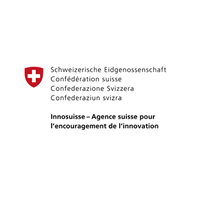Description
FOCUS aims at standardisation and realisation of key elements of a general purpose interface for control and communication (M3S) in the rehabilitation field.
Usability of integrated systems for mobility, control of the environment and communication will be improved through choice of the communication back-bone – M3S, the general purpose interface for Rehabilitation Technology – and the extension of its functionality. M3S was developed as a communication backbone to exchange information between different elements on a wheelchair during the TIDE Pilot Phase [Project No. 128].
The viability of the safe and easy to use M3S architecture will be improved in FOCUS through:
-
activities to standardise the M3S bus, either as a formal standard or as an industry standard, or as a de facto standard
- chip design for key elements
-
set-up of design rules for safety
Technical Approach : The application of existing integrated information technology for the control of the wheelchair and the home environment, will be developed in the following way:
-
user participation in specification and evaluation
-
new functionality for integrated systems:
-
optimal input devices (sip and puff sensor, headrest control sensor, finger sensor and switches, etc.)
-
navigation assistance
-
improved user interface
-
communication from mobile bases (wheelchairs) to the structured environment:
-
home systems
-
communication channels
-
construction of two demonstration platforms
-
case studies for user evaluations
The systems developed above are intended to be used by disabled ‘end users’, who are more concerned about the final result of an optimally adapted system which will meet their needs than with the way this was accomplished. The other users of the M3S system are RT professionals who using the method and the tools developed to configure an individually adapted system for a disabled user, are eager to have an ‘open’ and adequate integration technique.
End users and professional users are involved from the start of the project in order to establish realistic user requirements. Later on they will provide feedback on the usefulness of the technical approach by performing evaluations at several stages of the project.
Impact and Expected Results : Results of the project will be :
-
revised and expanded M3S specification
-
concerted actions towards M3S standardisation
-
low-cost specially-designed chips for M3S interfaces
-
two fully equipped demonstrator platforms
-
system for navigational safety zone
-
M3S extension with an infra-red link and a bridge to homebuses
-
software for human interfacing and control tasks
-
reports and video of evaluations





